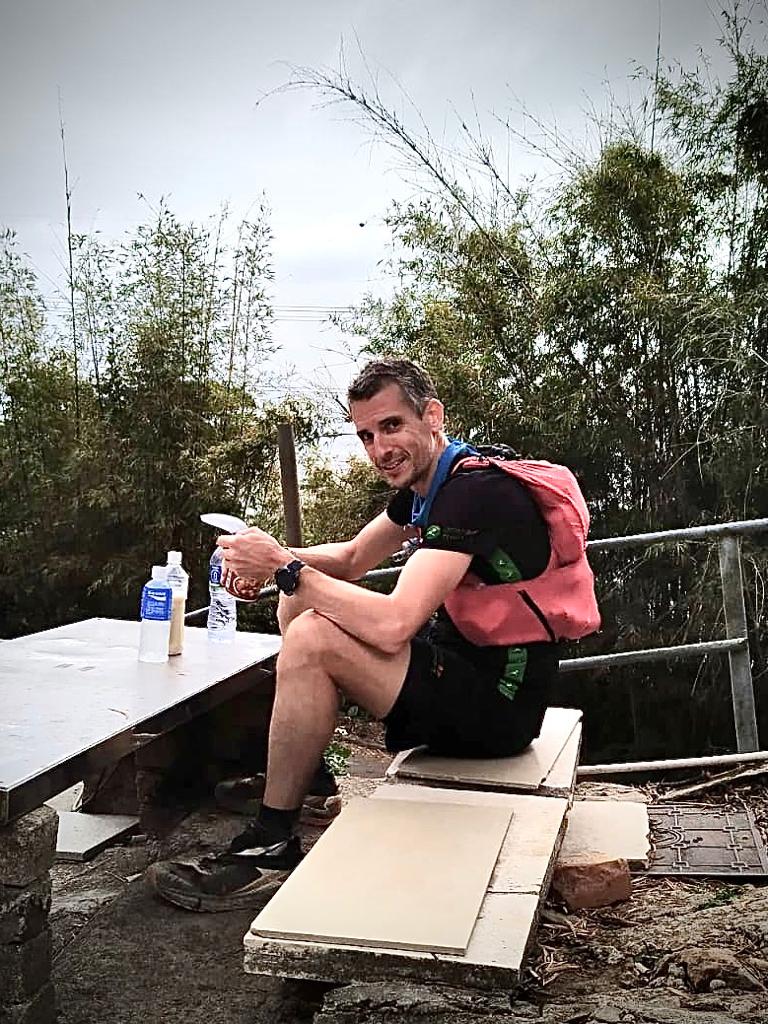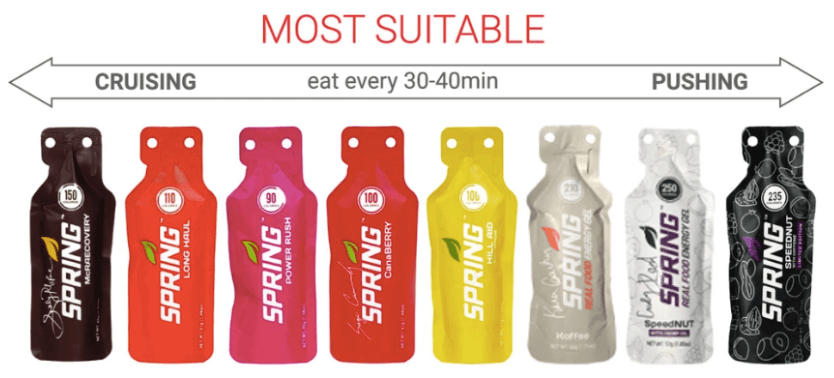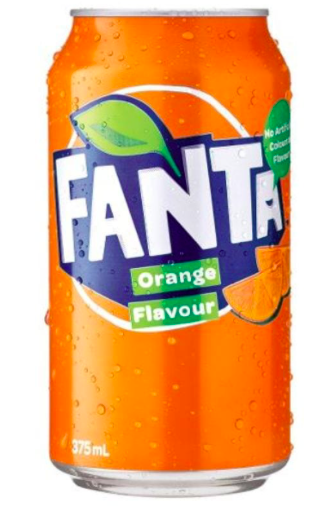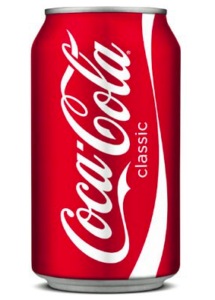Tried and tested nutrition techniques from years of ultra running mishaps
Article by Mr Elliot Froidevaux
Anyone who knows me will have seen my long list of DNFs due to stomach issues. I was a serial puker. I would push, and then puke. I would slow things down, and puke. I would train with the same race checkpoint foods and still puke come race day. I could not figure out the issue.
Call it quits?
It got to the point that I thought of hanging up my ultra shoes. I was not enjoying myself out there and I would dread the moment my body would start to give me notice of what was to come. It became a constant battle against myself when signing up for races but I continued to press on. Only the encouragement from fellow runners that one day I would work things out, had me signing up for more. My 100 mile experience last summer was probably the worst I’ve ever had. The lowest point nutrition wise to date. 60km of non stop heaving and another 60km of no food or water because I was just too worried the puke cycle would repeat itself over and over again. The only reason I did not DNF was because my family and coach gave me no way out! I struggled on without food and only minimal water, creeping my way to the finish line in bad shape.
Ultimately this way of running was not sustainable for me and I needed to either solve the issue, or stop running ultras!

Lets fix this
My coach Casey Morgan always told me to eat more, letting me know that as a guide, he would eat 300cal every hour from start to finish. The issue was, eating was causing me to vomit. I couldn’t keep anything down. StubbornlyI kept ignoring his advice. But with all or almost all races cancelled due to the Hong Kong protests, followed by covid-19, I decided once and for all to dig deep and discover myself without all the butterflies in my stomach and the pressure to perform.This nutrition intake issue needed to be fixed asap. I needed to challenge myself on long runs and see if I could finally beat it! I needed to learn how to keep food down.
Since the start of 2020, I managed to run 5,750km. That’s an average of >400km/month, with two months exceeding 500km! I ended up running 18 ultra’s ranging from 50km to 100miles and wanted to keep pushing and explore what my body can do. I also wanted to take these longer mile months to explore what worked and what didn’t work with regards to my nutrition issues plaguing me in the past. With that, I believe I have gained enough information to share my findings and nutritional experience with you. Hopefully you will be able to apply similar techniques and sort out any serial vomiting you may alsoexperience during longer events.
Bare in mind that everybody is different. I am a bigger guy and I need more calories per hour to function. I also have a sweet tooth so sugar is my friend.
Start slow and then slow down further….
Elliot Froidevaux
Train your body to run longer
- There is no miracle. You need to run more miles and you need to to run longer. Your body needs to get accustomed to the pain of running longer. By running more, come race day, the strain on your body comes as less of a shock, which allows two very important things to occur:
- To run happier and enjoy the experience. Generally you just get accustomed to managing the pain better as it never completely goes away.
- To run with a lower heart rate – this one is especially key as this means your body is working without overreaching.

Pace yourself
- Starting slow is so important but also so hard to do as we all get caught up in the heat of racing. The start line adrenaline kicks in and before you know it, you’ve reached max HR and find yourself tired and beat up 5km in.
- Starting slow helps lock in a lower heart rate and provides longevity, essential to any ultra. This means you are not burning your glycogen stores but instead working well above those depletion levels which otherwise would leave you drained and bonked.
The most important bit – NUTRITION
- If food makes you want to vomit – it means you are not taking in enough calories versus your work effort. EAT and eat EARLY.
- I now take between 200-300 calories per hour and actually come out of an ultra fully fed! I used to eat 100cal per hour before I started to bonk which built up the calorie deficit making the climbs that much harder. This raised my heart rate which in turn burnt my glycogen which resulted in my body requiring more calories! Thus an endless repetitive cycle of GI distress.
- Drinking fluids is important, but drink when you are thirsty not always when you think you have to. If you over drink, it can be dangerous and secondly, as your tummy fills up, the fluid swooshes around and leads to discomfort and ultimately more vomiting.
- If you eat gels, do not drink sport drinks! Mixing the two will result in sugar pikes. It may be fine for a few hours but not ideal when an ultra really starts, 6+hours in….
- Every 3-4 hours, if you can, drink a Coke/Fanta or a Schweppes C+. The latter is my saving grace (possibly only available in Asia)! It is less sweet than Coke and the gas helps release any other trapped gases in your stomach. As a fizzy drink is, on average, 90-100cal, be sure to give yourself a bit of time before having another gel.
- After eating a gel or drinking a fizzy drink, give yourself a few minutes to let things go down. You don’t want those bubbles or food sloshing about leading towards any nausea, rather give it some time to digest. Keep moving, but rather temporarily reduce down to a walk or jog at best.
- Soy milk (also more prevalent in Asia vs Western world). Don’t laugh. For me, this is a game changer as it provides 140-250 kCal, does not irritate the bowel, is packed with vitamins and minerals and keeps you fuller without any discomfort. Soy milk is a good source of energy and helps break up the sweeter taste of gels and sugary drinks.
- I run with gels primarily and am a big fan of Spring energy gels. They are made of natural ingredients and this means they are easily digested. My favourites are their “Canaberry (vegan)“, but I just discovered the wolf pack (300cal) which is an absolutely delicious oat and fruit mixture providing 300kCal in one hit. Others like “Speednut (vegan)” offer a 250kCal boost with added caffeine to keep you going. “Mag On” is another great alternative as these are very liquid so you don’t need much effort and very little water to wash it down.
- Finally, I make it a habit to weigh myself before and after any lengthy training run or race. I want to see if I lost any weight during the exertion and if so, how much. This is a very important guideline which lets you know if you are feeling yourself correctly and if you were skimping on nutrition during your run. Typically you shouldn’t loose more than 2% of your bodyweight during a run <100km. If you are shedding more than this you need to up your nutrition or tweak it with heartier calorie intake.

Eat little bits and eat often….
Elliot Froidevaux
When things go well
I ran a very easy 66km yesterday – trail and hilly terrain. My heart rate was 121bpm on average (level 1-endurance), max 157 (moderate level 2). I climbed with very little effort and fatigue. Really easy pacing that had me smiling throughout and even managed to drink a beer at the halfway mark. I still managed to run faster than during some of my previous races when I had GI issues. I definitely preferred yesterday!
Hope this helps those of you with similar problems!
1 Comment
Comments are closed.






Pingback: float • Training - Volume or Intensity - which is best? | Train smart not hard